An Overview of X-Ray Polarimetry of Astronomical Sources
Abstract
:1. Introduction
2. Background—Prior to IXPE
2.1. The First Sounding Rocket Experiments
2.2. The OSO-8 Polarimeter
2.3. The Stellar X-Ray Polarimeter
2.4. Electron Tracking
3. IXPE
3.1. The IXPE Optics
3.2. The IXPE Detectors
3.3. The IXPE Science
- What is the spin of an accreting stellar mass black hole?
- What are the geometry and magnetic field strength in magnetars?
- Was the black hole at the center of the Milky Way an active galactic nucleus in the recent past?
- What is the magnetic field structure in synchrotron X-ray sources?
- What are the geometries and origins of X-rays from both isolated and accreting pulsars?
Conflicts of Interest
References
- Angel, J.R.; Weisskopf, M.C. Use of Highly Reflecting Crystals for Spectroscopy and Polarimetry in X-Ray Astronomy. Astron. J. 1970, 75, 231–236. [Google Scholar] [CrossRef]
- Novick, R.; Weisskopf, M.C.; Berthelsdorf, R.; Linke, R.; Wolff, R.S. Detection of X-Ray Polarization of the Crab Nebula. Astrophys. J. 1972, 174, L1. [Google Scholar] [CrossRef]
- Weisskopf, M.C.; Cohen, G.G.; Kestenbaum, H.L.; Novick, R.; Wolff, R.S.; Landecker, P.B. The X-ray polarization experiment on the OSO-8. In Proceedings of the Symposium on X-ray Binaries, held at NASA’s Goddard Space Flight Center, Greenbelt, MD, USA, 20–22 October 1975; pp. 81–96. [Google Scholar]
- Weisskopf, M.C.; Silver, E.H.; Kestenbaum, H.L.; Long, K.S.; Novick, R. A precision measurement of the X-ray polarization of the Crab Nebula without pulsar contamination. Astrophys. J. 1978, 220, L117–L121. [Google Scholar] [CrossRef]
- Moran, P.; Shearer, A.; Mignani, R.P.; Słowikowska, A.; De Luca, A.; Gouiffès, C.; Laurent, P. Optical polarimetry of the inner Crab nebula and pulsar. Mon. Not. R. Astron. Soc. 2013, 433, 2564–2575. [Google Scholar] [CrossRef]
- Weisskopf, M.C.; Hester, J.J.; Tennant, A.F.; Elsner, R.F.; Schulz, N.S.; Marshall, H.L.; Karovska, M.; Nichols, J.S.; Swartz, D.A.; Kolodziejczak, J.J.; et al. Discovery of Spatial and Spectral Structure in the X-Ray Emission from the Crab Nebula. Astrophys. J. 2000, 536, L81–L84. [Google Scholar] [CrossRef] [PubMed]
- Weisskopf, M.C.; Kestenbaum, H.L.; Long, K.S.; Novick, R.; Silver, E.H. An upper limit to the linear X-ray polarization of Scorpius X-1. Astrophys. J. 1978, 221, L13–L16. [Google Scholar] [CrossRef]
- Silver, E.H.; Weisskopf, M.C.; Kestenbaum, H.L.; Long, K.S.; Novick, R.; Wolff, R.S. The first search for X-ray polarization in the Centaurus X-3 and Hercules X-1 pulsars. Astrophys. J. 1979, 232, 248–254. [Google Scholar] [CrossRef]
- Weisskopf, M.C.; Kestenbaum, H.L.; Long, K.S.; Novick, R.; Silver, E.H.; Wolff, R.S. Discovery of Linear X-Ray Polarization in Cygnus X-2. Bull. Am. Astron. Soc. 1976, 8, 493. [Google Scholar]
- Weisskopf, M.C.; Silver, E.H.; Kestenbaum, H.L.; Long, K.S.; Novick, R.; Wolff, R.S. Search for X-ray polarization in Cygnus X-1. Astrophys. J. 1977, 215, L65–L68. [Google Scholar] [CrossRef]
- Kaaret, P.; Novick, R.; Martin, C.; Shaw, P.; Hamilton, T.; Sunyaev, R.; Lapshov, I.; Silver, E.; Weisskopf, M.; Elsner, R. The Stellar X-ray Polarimeter—A focal plane polarimeter for the Spectrum X-Gamma mission. Opt. Eng. 1990, 29, 773–780. [Google Scholar] [CrossRef]
- Costa, E.; Piro, L.; Soffitta, P.; Massaro, E.; Matt, G.; Perola, G.C.; Giarrusso, S.; La Rosa, G.; Manzo, G.; Santangelo, A. SXRP—An X-ray polarimeter for the SPECTRUM-X-Gamma mission. Nuovo Cimento C 1992, 15, 791–799. [Google Scholar] [CrossRef]
- Elsner, R.F.; Weisskopf, M.C.; Kaaret, P.; Novick, R.; Silver, E. Off-axis effects on the performance of a scattering polarimeter at the focus of an X-ray telescope. Opt. Eng. 1990, 29, 767–772. [Google Scholar] [CrossRef]
- Austin, R.A.; Ramsey, B.D. Optical imaging chamber for X-ray astronomy. Opt. Eng. 1993, 32, 1990–1994. [Google Scholar] [CrossRef]
- Costa, E.; Soffitta, P.; Bellazzini, R.; Brez, A.; Lumb, N.; Spandre, G. An efficient photoelectric X-ray polarimeter for the study of black holes and neutron stars. Nature 2001, 411, 662–665. [Google Scholar] [CrossRef] [PubMed]
- Bellazzini, R.; Spandre, G.; Minuti, M.; Baldini, L.; Brez, A.; Cavalca, F.; Latronico, L.; Omodei, N.; Massai, M.M.; Sgro’, C.; et al. Direct reading of charge multipliers with a self-triggering CMOS analog chip with 105 k pixels at 50 μm pitch. Nucl. Instrum. Methods Phys. Res. Sect. A 2006, 566, 552–562. [Google Scholar] [CrossRef]
- Bellazzini, R.; Spandre, G.; Minuti, M.; Baldini, L.; Brez, A.; Latronico, L.; Omodei, N.; Razzano, M.; Massai, M.M.; Pesce-Rollins, M.; et al. A sealed Gas Pixel Detector for X-ray astronomy. Nucl. Instrum. Methods Phys. Res. Sect. A 2007, 579, 853–858. [Google Scholar] [CrossRef]
- Ramsey, B.D. Replicated Nickel Optics for the Hard-X-Ray Region. Exp. Astron. 2005, 20, 85–92. [Google Scholar] [CrossRef]
- O’Dell, S.L.; Atkins, C.; Broadway, D.M.; Elsner, R.F.; Gaskin, J.A.; Gubarev, M.V.; Kilaru, K.; Kolodziejczak, J.J.; Ramsey, B.D.; Roche, J.M.; et al. X-ray optics at NASA Marshall Space Flight Center. In Proceedings of the SPIE Optics + Optoelectronics, Volume 9510, EUV and X-ray Optics: Synergy between Laboratory and Space IV, Prague, Czech Republic, 15 May 2015. [Google Scholar]
- Zhang, S.; Hailey, C.J.; Mori, K.; Clavel, M.; Terrier, R.; Ponti, G.; Goldwurm, A.; Bauer, F.E.; Boggs, S.E.; Christensen, F.E.; et al. Hard X-Ray Morphological and Spectral Studies of the Galactic Center Molecular Cloud Sgr B2: Constraining Past Sgr A* Flaring Activity. Astrophys. J. 2015, 815, 132. [Google Scholar] [CrossRef]
- Goodger, J.L.; Hardcastle, M.J.; Croston, J.H.; Kraft, R.P.; Birkinshaw, M.; Evans, D.A.; Jordán, A.; Nulsen, P.E.J.; Sivakoff, G.R.; Worrall, D.M.; et al. Long-Term Monitoring of the Dynamics and Particle Acceleration of Knots in the Jet of Centaurus A. Astrophys. J. 2010, 708, 675–697. [Google Scholar] [CrossRef]
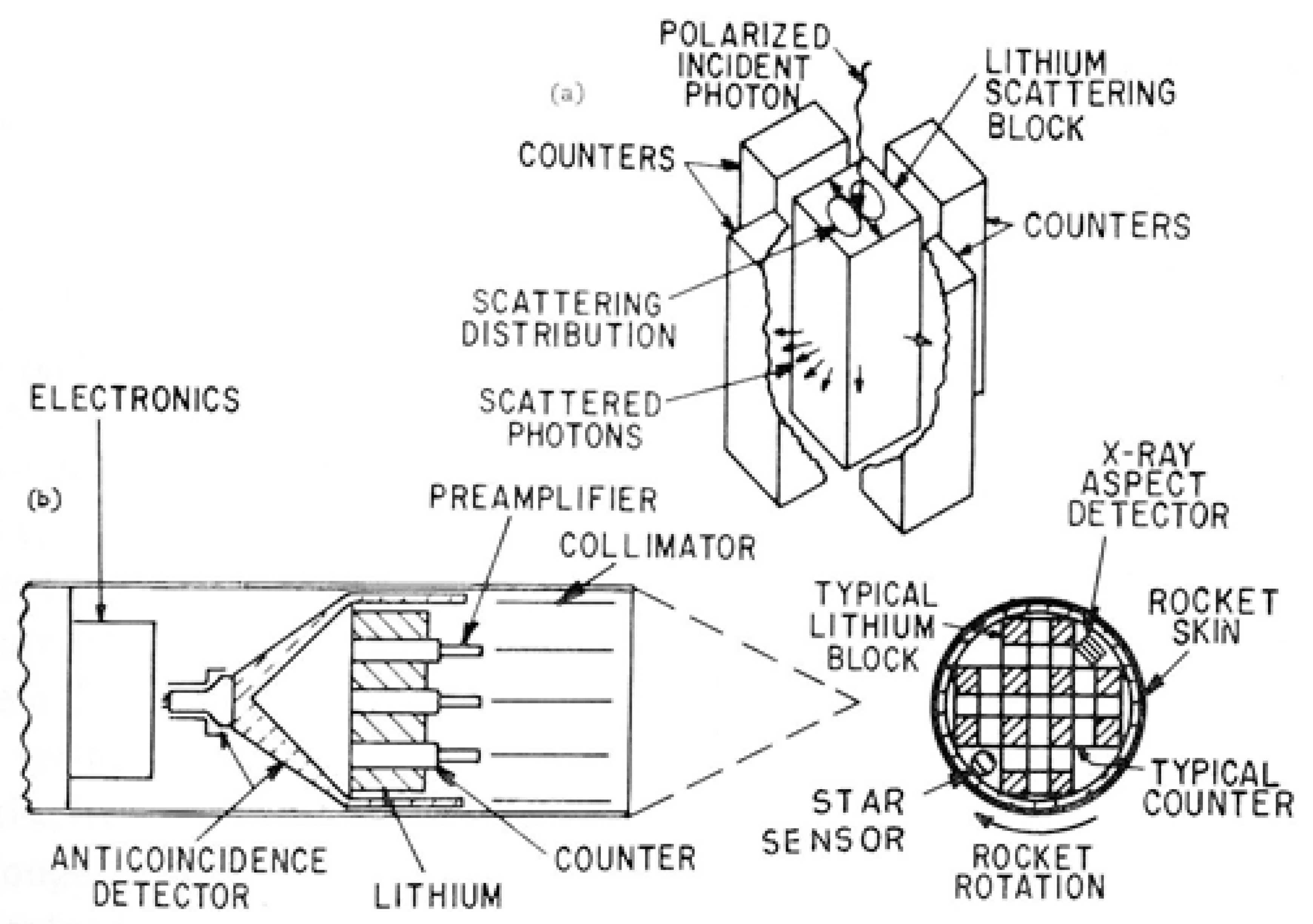

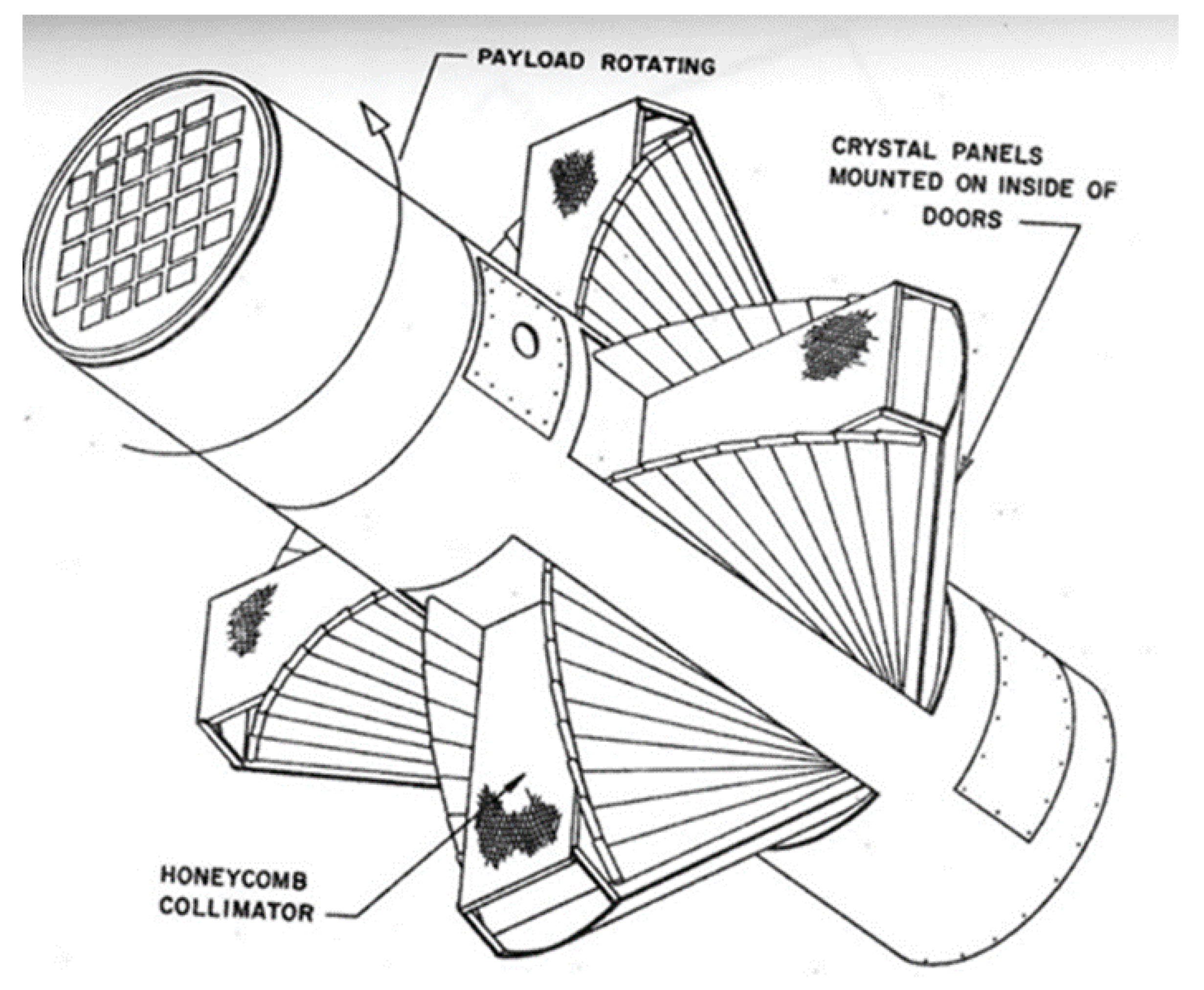
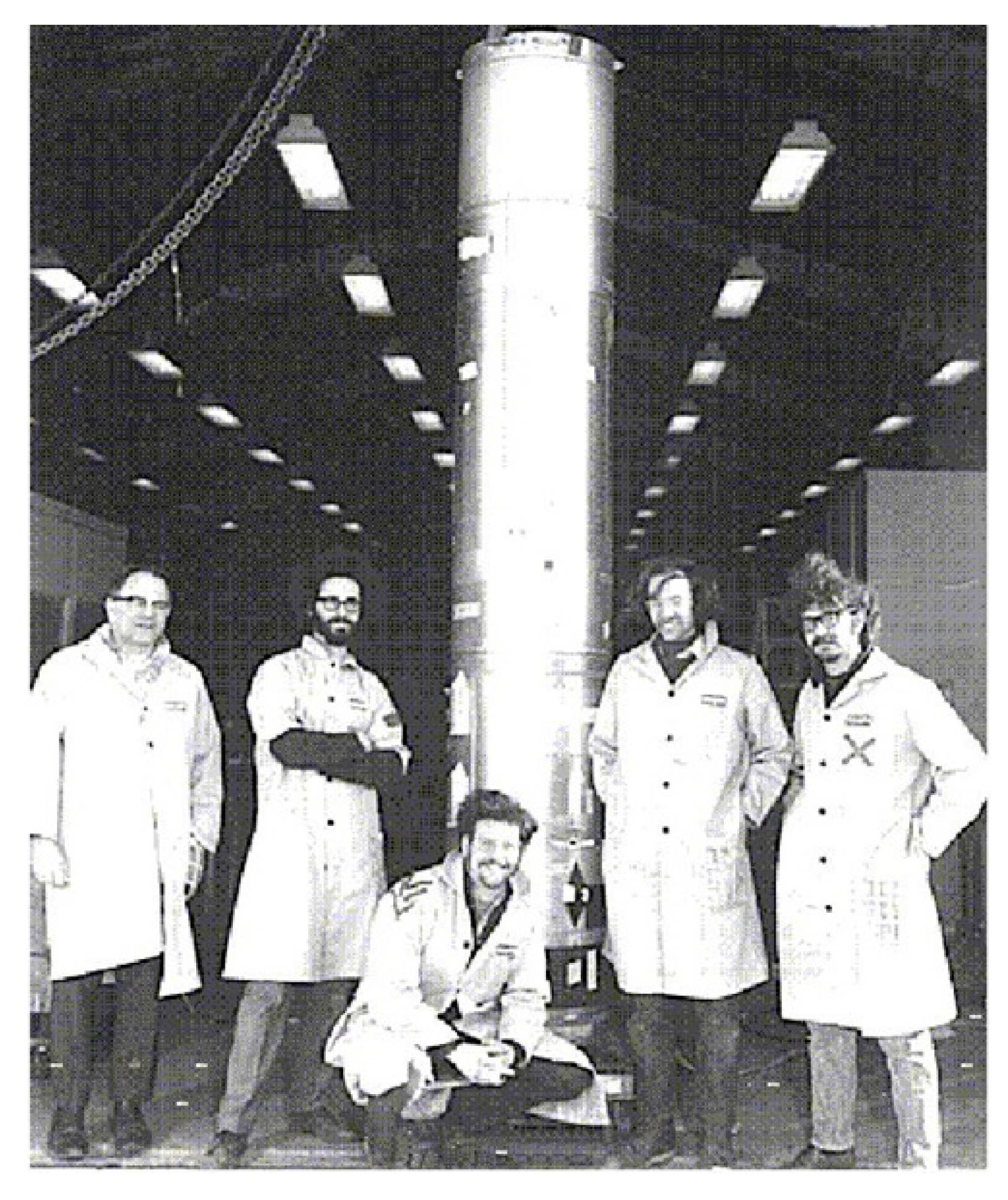
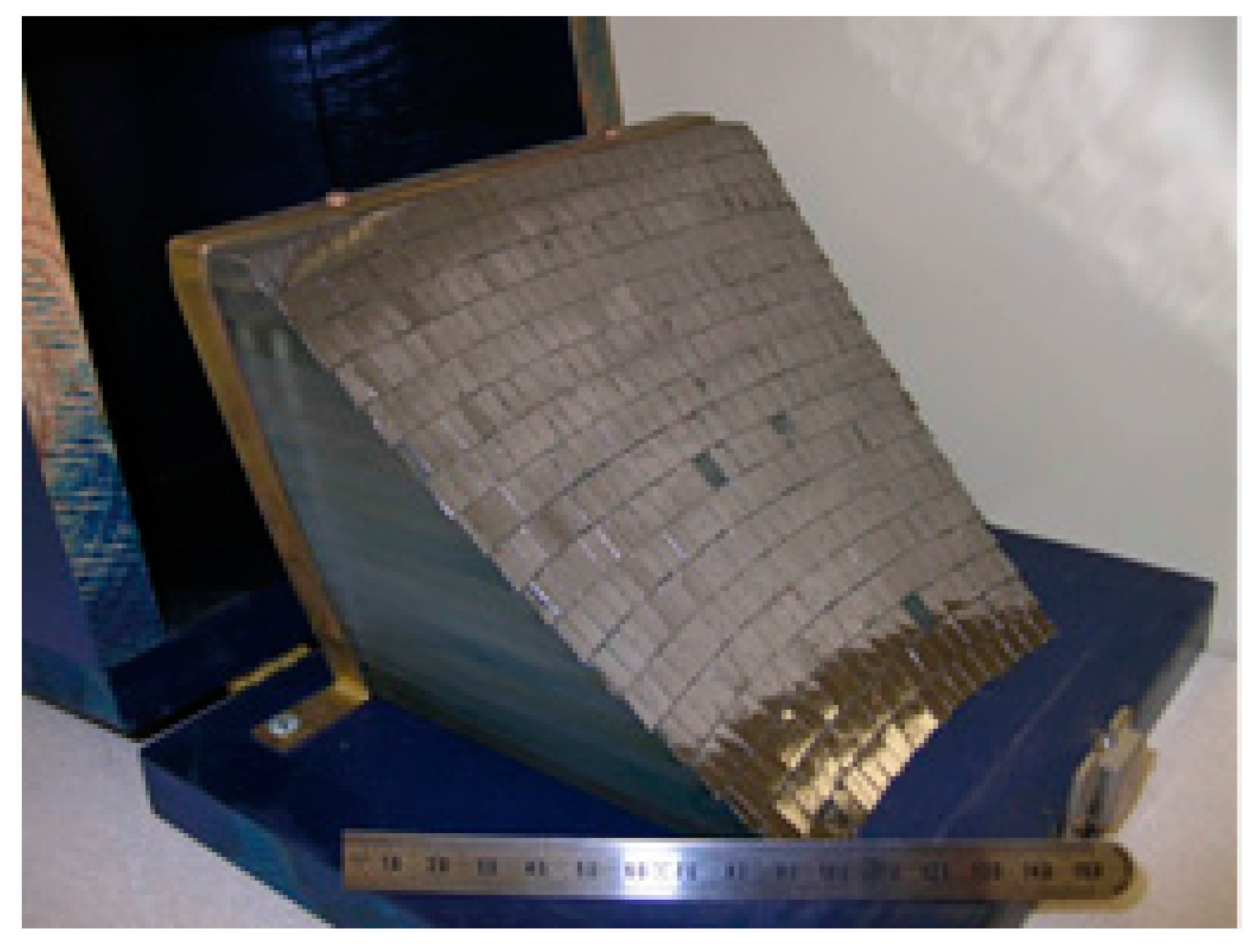

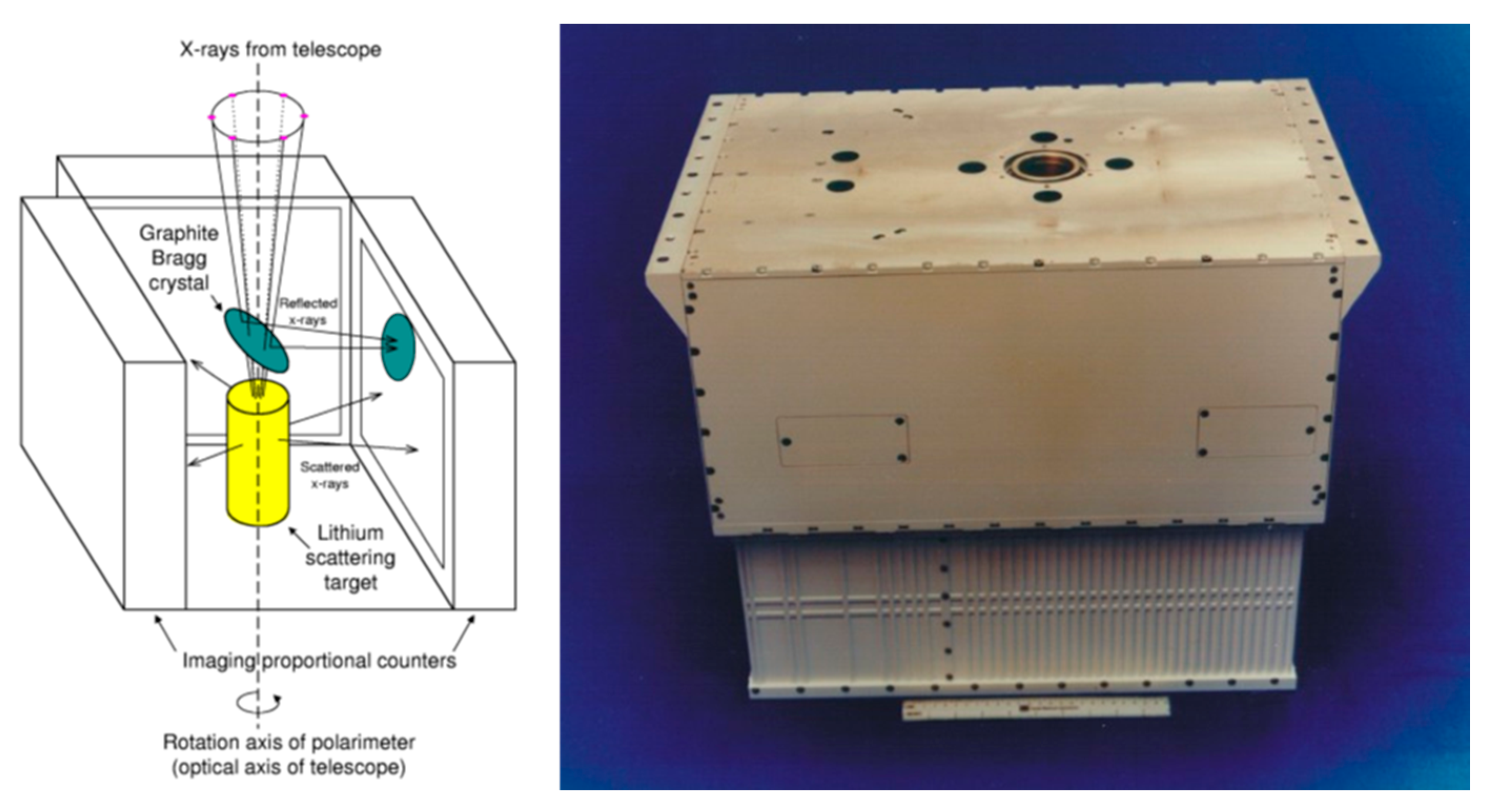
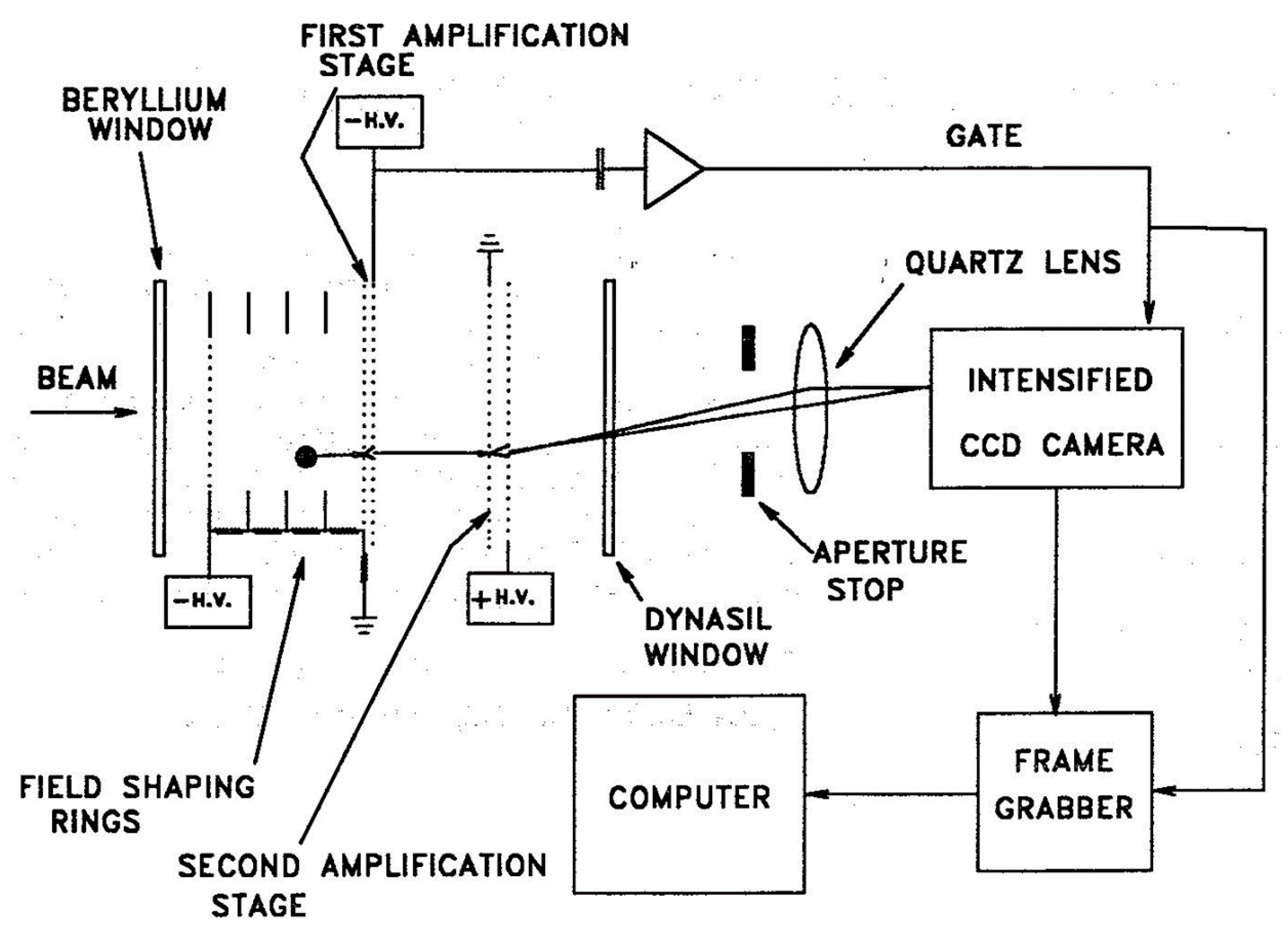
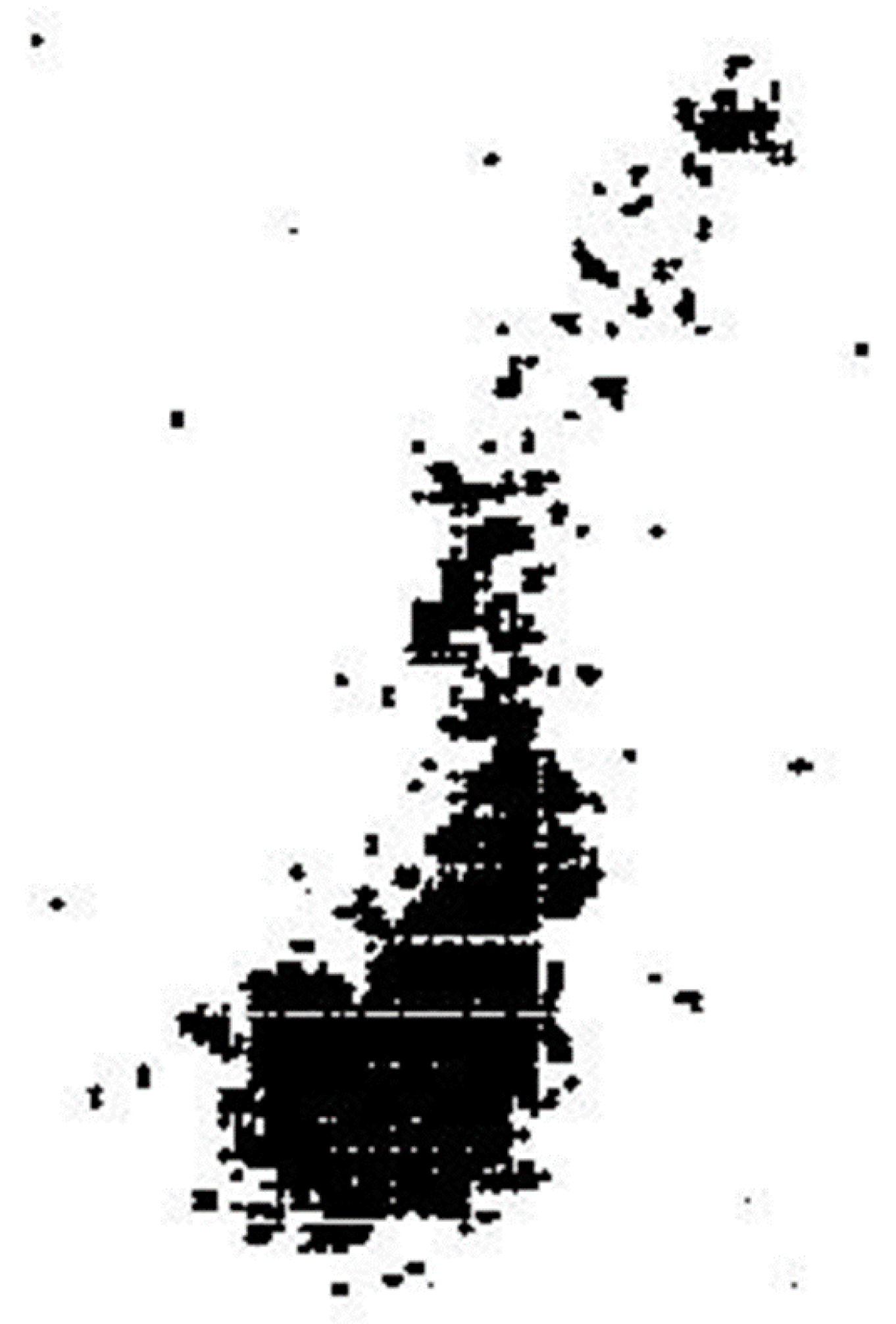


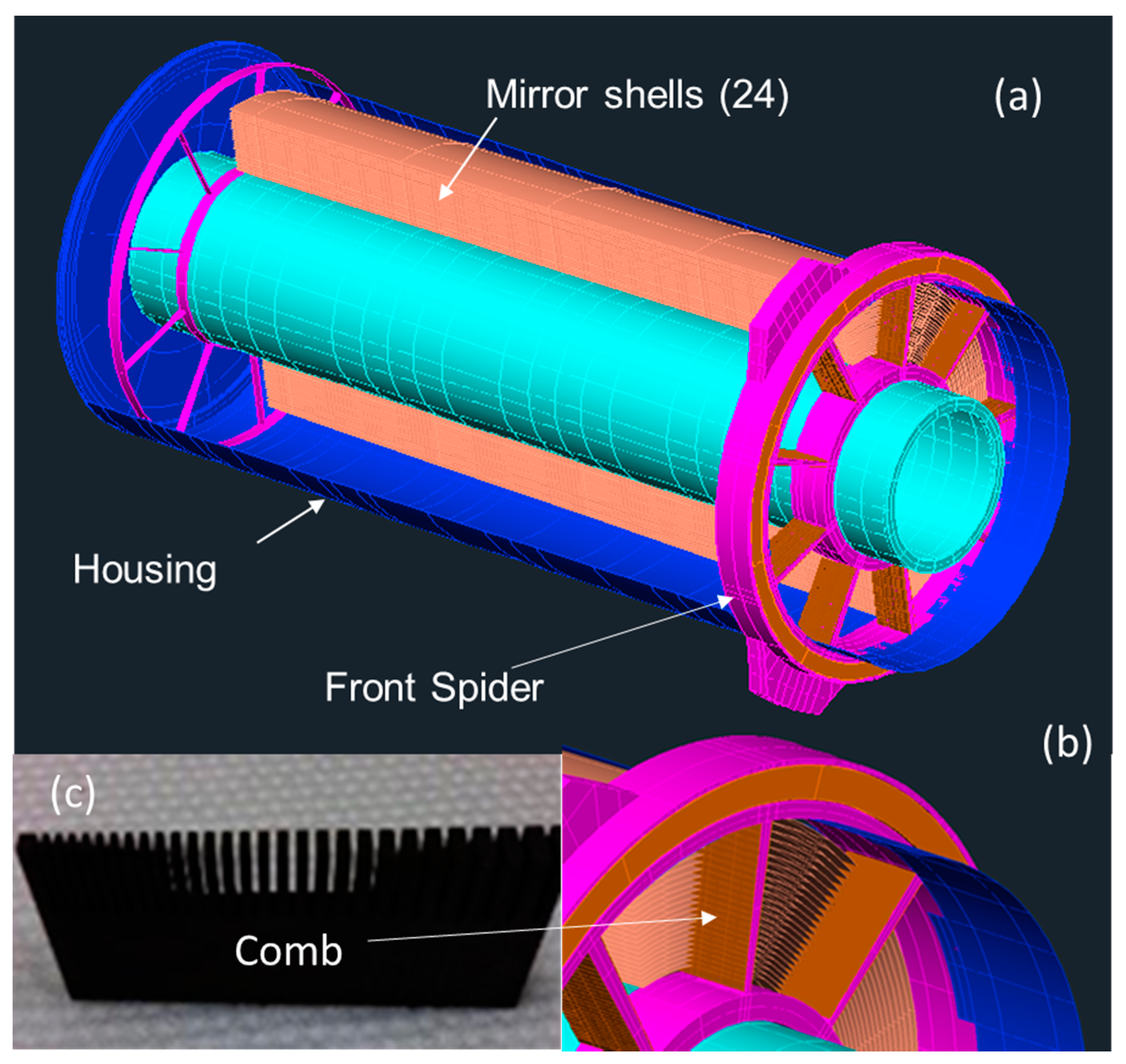
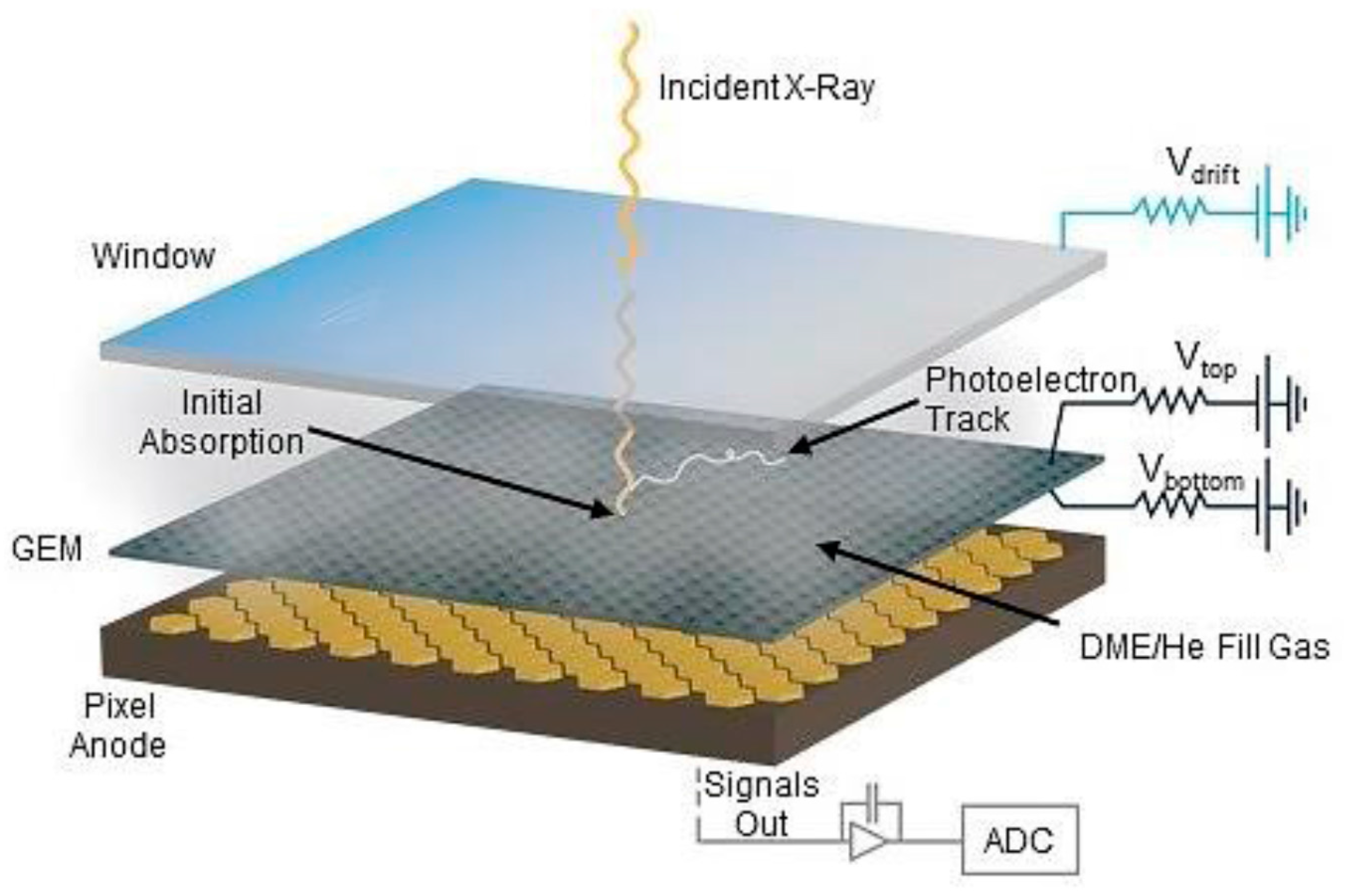

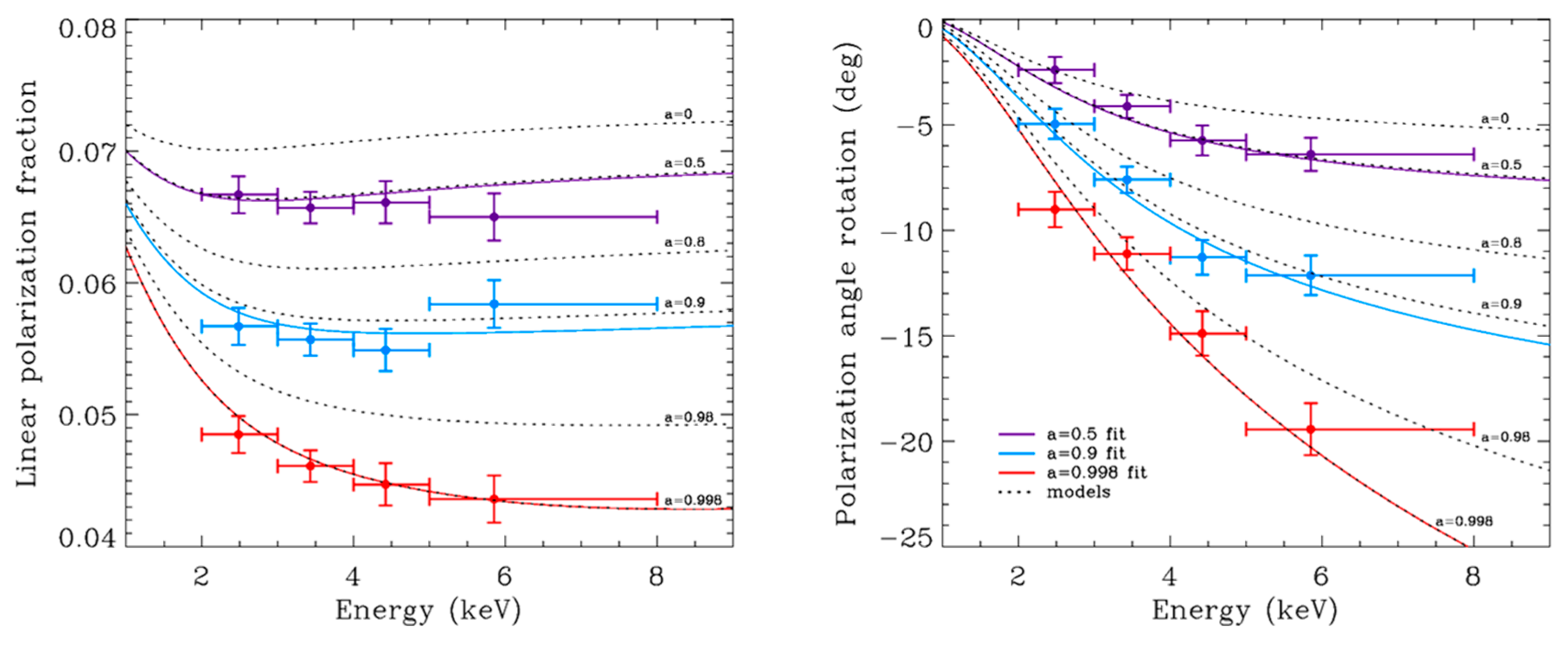


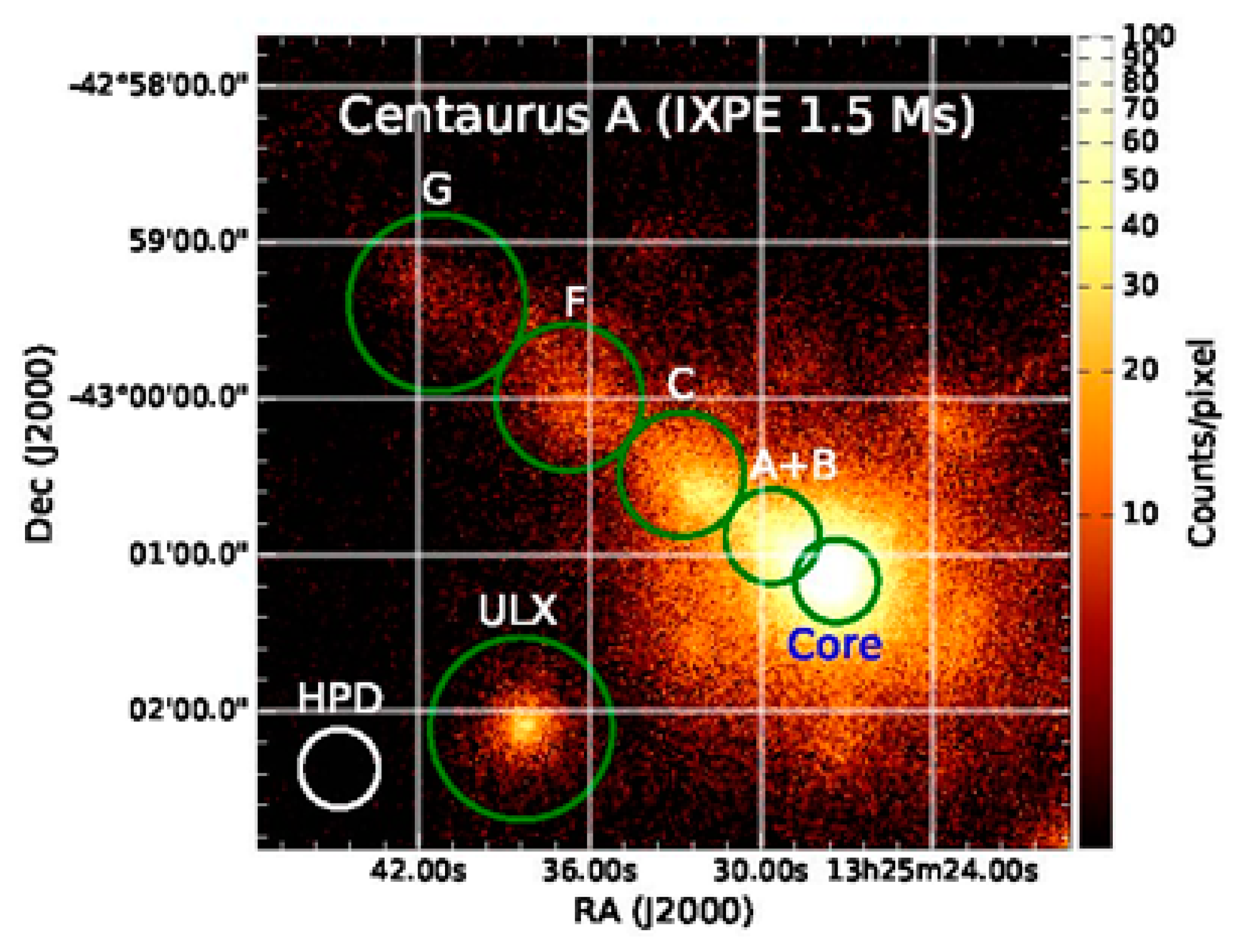
| L. Baldini | Co-I and PI for INFN/Pisa |
| R. Bellazzini | Senior Co-I |
| E. Costa | Senior Co-I |
| R. Elsner | Co-I |
| V. Kaspi | Co-I and co-chair of the SWG |
| J. Kolodziejczak | Co-I |
| L. Latronico | Co-I and PI for INFN/Pisa |
| H. Marshall | Co-I |
| G. Matt | Co-I and extragalactic theory lead |
| F. Mulieri | Co-I |
| S.L. O’Dell | Co-I and Project scientist |
| B.D. Ramsey | Deputy PI |
| R.W. Romani | Co-I and galactic theory lead |
| P. Soffitta | Co-I and Italian PI |
| A.Tennant | Co-I |
| W. Baumgartner | L. Pacciani |
| A. Brez | G. Pavlov |
| N. Bucciantini | M. Pesce-Rollins |
| E. Churazov | P.-O. Petrucci |
| S. Citrano | M. Pinchera |
| E. Del Monter | J. Poutanen |
| N. Di Lalla | M. Razzano |
| I. Donnarumma | A. Rubini |
| M. Dovčiak | M. Salvati |
| Y. Evangelista | C. Sgrò |
| S. Fabiani | F. Spada |
| R. Goosmann | G. Spandre |
| S. Gunji | L. Stella |
| V. Karas | R. Sunyaev |
| M. Kuss | R. Taverna |
| A. Manfreda | R. Turolla |
| F. Marin | K. Wu |
| M. Minuti | S. Zane |
| N. Omodei | D. Zanetti |
| Parameter | Value |
|---|---|
| Number of mirror modules | 3 |
| Number of shells per mirror module | 24 |
| Focal length | 4001 mm |
| Total shell length | 600 mm |
| Range of shell diameters | 162–272 mm |
| Range of shell thicknesses | 0.18–0.25 mm |
| Shell material | Electroformed nickel–cobalt alloy |
| Effective area per mirror module with thermal shields | 209 cm2 (@ 2.3 keV); >230 cm2 (3–6 keV) |
| Angular resolution (HPD) | ≤25 arcsec |
| Field of view (detector limited) | 12.9 arcmin square |
| Parameter | Value |
|---|---|
| Sensitive area | 15 mm × 15 mm |
| Fill gas and composition | He/DME (20/80) @ 1 atm |
| Detector window | 50-µm thick beryllium |
| Absorption and drift region depth | 10 mm |
| GEM (gas electron multiplier) | copper-plated 50-µm liquid-crystal polymer |
| GEM hole pitch | 50 µm triangular lattice |
| Number ASIC readout pixels | 300 × 352 |
| ASIC pixelated anode | Hexagonal @ 50-µm pitch |
| Spatial resolution (FWHM) | ≤123 µm (6.4 arcsec) @ 2 keV |
| Energy resolution (FWHM) | 0.54 keV @ 2 keV (∝ √E) |
| Region | MDP99 |
|---|---|
| Core | <7.0% |
| Jet | 10.9% |
| Knot A + B | 17.6% |
| Knot C | 16.5% |
| Knot F | 23.5% |
| Knot G | 30.9% |
| ULX | 14.8% |
© 2018 by the author. Licensee MDPI, Basel, Switzerland. This article is an open access article distributed under the terms and conditions of the Creative Commons Attribution (CC BY) license (http://creativecommons.org/licenses/by/4.0/).
Share and Cite
Weisskopf, M.C. An Overview of X-Ray Polarimetry of Astronomical Sources. Galaxies 2018, 6, 33. https://doi.org/10.3390/galaxies6010033
Weisskopf MC. An Overview of X-Ray Polarimetry of Astronomical Sources. Galaxies. 2018; 6(1):33. https://doi.org/10.3390/galaxies6010033
Chicago/Turabian StyleWeisskopf, Martin C. 2018. "An Overview of X-Ray Polarimetry of Astronomical Sources" Galaxies 6, no. 1: 33. https://doi.org/10.3390/galaxies6010033




